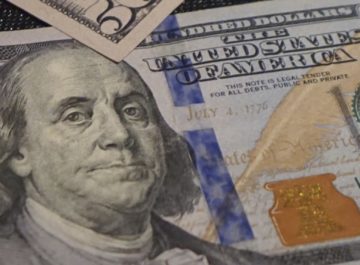Matthew Stewart in Literary Hub:
 The story of rising economic inequality is by now so familiar that it fits easily onto a T-shirt. But the way the story is told is often imprecise enough to leave out much of the plot. “We are the 99 percent” sounds righteous enough, but it’s a slogan, not an analysis. It suggests that the whole issue is about “them,” a tiny group of crazy rich people, who are nothing at all like “us.” But that’s not how inequality has ever worked. You can glimpse the outlines of the problem if you take a closer look at the math of inequality.
The story of rising economic inequality is by now so familiar that it fits easily onto a T-shirt. But the way the story is told is often imprecise enough to leave out much of the plot. “We are the 99 percent” sounds righteous enough, but it’s a slogan, not an analysis. It suggests that the whole issue is about “them,” a tiny group of crazy rich people, who are nothing at all like “us.” But that’s not how inequality has ever worked. You can glimpse the outlines of the problem if you take a closer look at the math of inequality.
Supposing we stick for the moment with the questionable suggestion that “we” are merely a collection of percentiles in the wealth distribution tables—and I will question that suggestion in a moment—the first thing to note is that “99 percent” is not the right number. Contrary to popular wisdom, it is not the “top 1 percent” but the top 0.1 percent of households that have captured essentially all of the increase in the relative concentration of wealth over the past fifty years.
More here.
